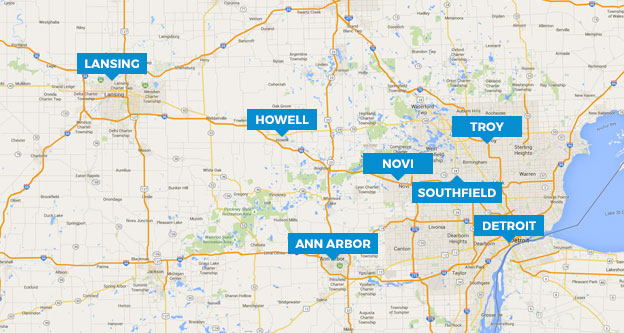Both lines 13 and 14 have something in common. They are either gains or losses on the sale of different property. The difference between the two are; line 13 is for a personal asset sold and can use Schedule D and/or Form 8949. Whereas line 14 is for business property and uses Form 4797.
Line 13: Capital gain or (loss).
When selling personal assets and taking a gain or a loss on them is needed information to fill out your 1040 correctly. The form used to organize the information is Schedule D. After Schedule D is filled out it gets attached to the back of the 1040.
To fill out the schedule it is first good to understand if your asset is a short-term or a long-term capital gain. A long-term gain is having the asset for a year or more before selling it. Where a short term gain is having the asset for under a year and then selling it and receiving the gain.
After that is established it will be important to know the proceeds from the item and the cost basis for the item. This is to help figure out the gain or loss amount of the sold property. The third part of the schedule is the summary section of the form. This part continues on to find the total of all sales.
Sometimes a schedule D is not needed for the asset sold. If this is the case, then next to line 13 on the 1040 there is a box. This box when checked lets the IRS know you had income or a loss from the sale of an asset but a Schedule D was not needed.
Line 14: Other Gains or (loss)
Very similar to line 13, however, instead of using forms 8949 and Schedule D, Form 4797 is filled out. Line 14 is used for assets that were used in trade or in business. Once Form 4797 is filled out then attach it to the back of your 1040.
To fill out the 4797 you will need to know the date the asset was acquired, the date sold the sale price, the depreciation amount of the asset, the cost basis, and then the gain or loss amount. To find the gain or loss amount take the sale price and subtract the depreciation amount and the cost basis.
There are different parts on the Form 4797 that contribute to the type of asset that was sold and when the asset was sold. Part 1 is for assets kept over a year. Part 2 is for ordinary gains or losses, also for short-term gains. In addition, Part 3 is for Gain from disposition of property under sections 1254, 1250, 1252, 1254, and 1255.





